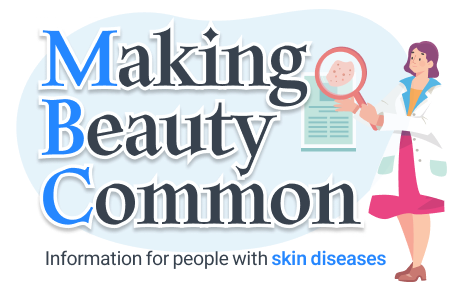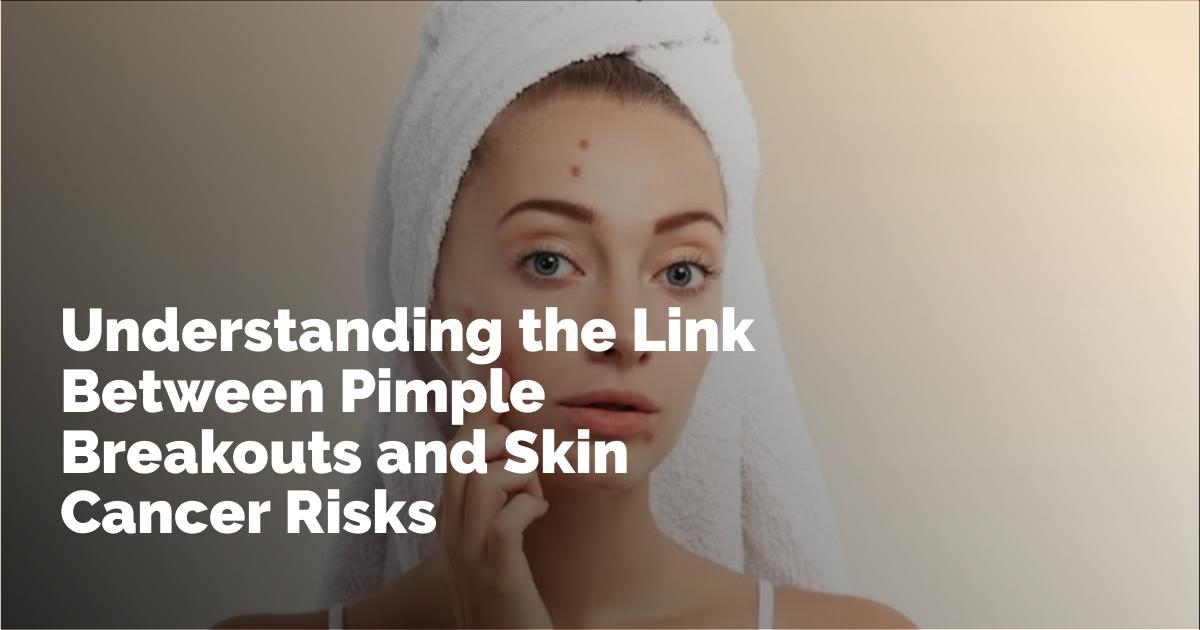Pimples and Cancer: Understanding the Connection
The appearance of pimples, commonly referred to as acne, is a skin issue that affects individuals across all age groups. Although most people experience acne at some point, concerns and misconceptions often arise regarding its potential connection to cancer. It is important to clarify these uncertainties and understand the reality behind acne and its relation to cancers, such as skin cancer.
Acne: Common Causes and Concerns
Pimples are a widespread dermatological condition that can cause anxiety for those affected. Dr. Sachin Trivedi, Director of Medical Oncology at HCG Cancer Center, emphasizes that there is no direct link between acne and cancer. According to Dr. Trivedi, "Pimples show up because of dirt build-up, hormone changes, stress, or poor eating habits. They don't cause cancer at all."
Cancer, on the other hand, is characterized by the uncontrolled growth of abnormal cells. While certain cancers can alter the skin's appearance, acne results from clogged pores or other non-cancerous skin issues. Simply put, typical cases of acne are unrelated to cancer.
How Cancer and Tumors May Impact the Skin
Although acne itself is not cancerous, certain tumors can lead to skin changes due to hormonal fluctuations. One example is pituitary tumors, which can produce excess adrenocorticotropic hormone (ACTH), resulting in increased cortisol levels. Dr. Trivedi explains that "Elevated cortisol can cause the skin layers to make more oil resulting in acne, tumors on the adrenal glands increase cortisol levels through adrenocortical tumors; acne or skin color changes can point to this."
It's crucial to understand that these skin changes are a result of hormonal effects caused by tumors and do not necessarily indicate cancer. Additionally, some cancer treatments can cause skin rashes resembling pimples.
Identifying Skin Changes that Could Signal Cancer
While many skin changes are benign, certain features may warrant further evaluation, as they could potentially indicate skin cancer. Dr. Trivedi stresses the importance of distinguishing between normal acne and skin conditions that might pose a cancer risk. Key warning signs include:
- A persistent rash or itchiness that doesn't respond to usual treatments
- Alterations in the size, shape, or color of moles, or the emergence of new moles
- Skin thickening or the development of unusual lumps or bumps
If a pimple persists or exhibits any of these characteristics, it may signal a need for medical attention. Dr. Trivedi advises, "In any of these kinds of incidents, it is best to deal with the problem by referring to a doctor as soon as possible."
When to Seek Medical Attention
Though pimples are typically harmless, certain signs should prompt a visit to the doctor for further evaluation. If you observe any of the following signs, it is prudent to consult with a healthcare professional:
- Persistent skin changes that do not improve with standard acne treatments
- Pimples that enlarge, change color, or bleed over time
- Unexplained changes in skin texture or appearance
These signs may indicate underlying skin conditions, including in rare cases, skin cancer. Dr. Trivedi warns, "Early detection and treatment improve outcomes and increase the likelihood of successful treatment."
By understanding the nature of acne and recognizing when medical evaluation is necessary, individuals can navigate skin concerns with greater awareness and confidence, ensuring effective management and peace of mind.
출처 : Original Source

